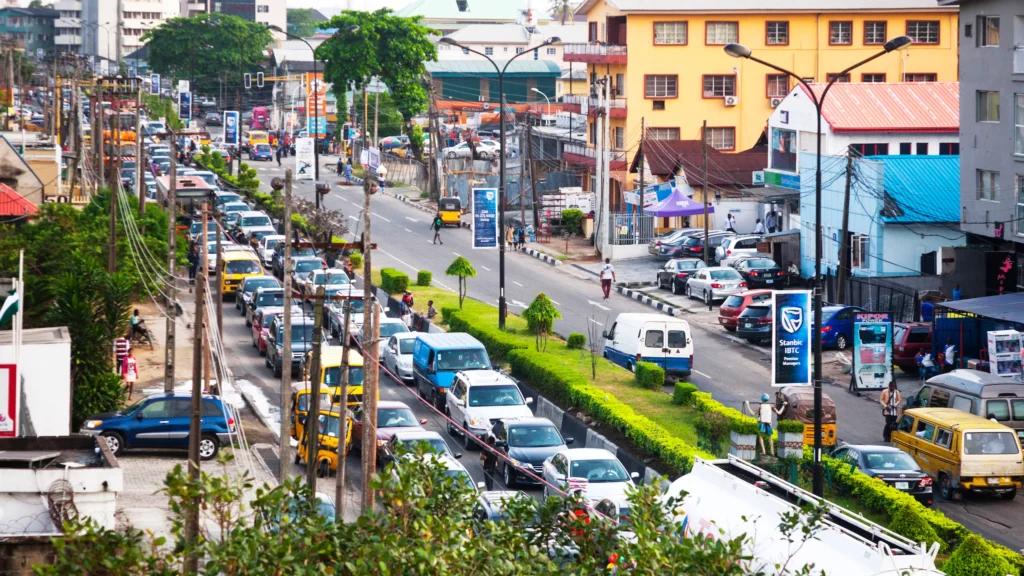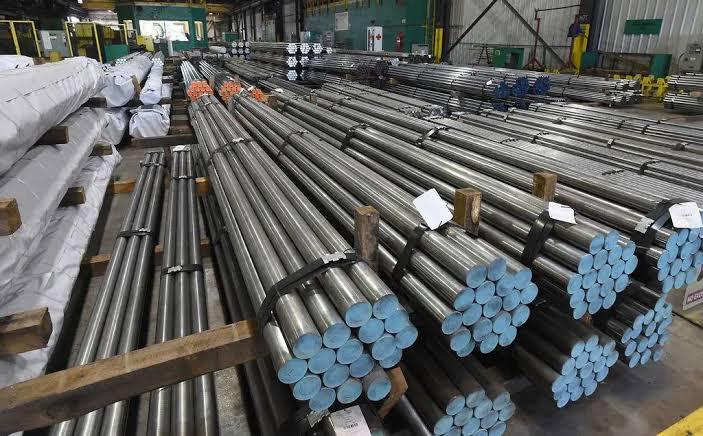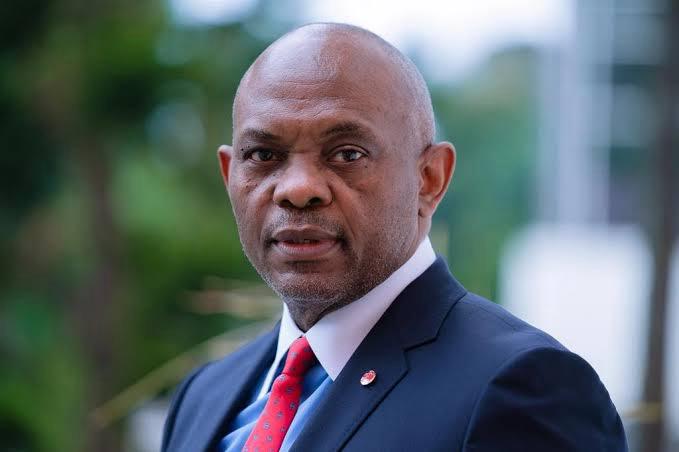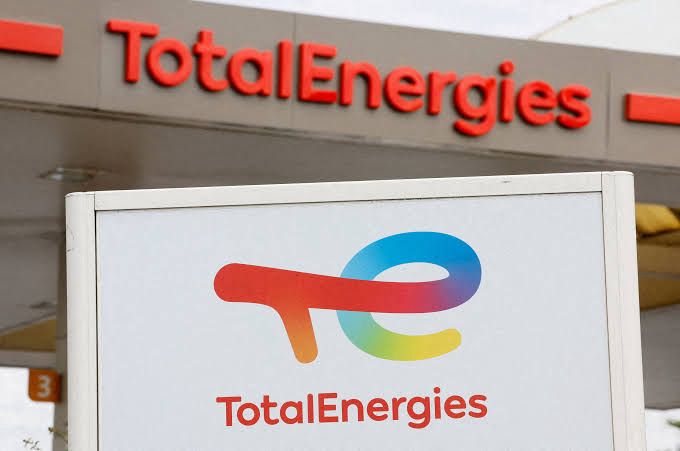In Lagos, Nigeria’s bustling megacity, a stark divide exists between neighborhoods – not just in wealth,
but in their access to nature’s most basic gift: trees. While the affluent districts of Ikoyi and Ikeja GRA
enjoy generous canopies of trees and greenery, low-income areas like Oshodi, Ketu, and Surulere stand
in stark contrast, their streets largely bereft of natural shade and greenery.
This environmental inequity takes on particular significance in a city of 15-21 million inhabitants – a
population that exceeds that of countries like Sweden, Norway, and Denmark all put together. Lagos’
rapid industrialization, marked by the recent addition of the world’s largest single-train refinery, the
Dangote Refinery in Lekki, processing 650,000 barrels of crude oil daily, only heightens the urgency of
addressing this disparity.
The city’s environmental challenges are numerous: millions of petrol or diesel generator-dependent
homes and businesses, extensive port operations, burgeoning real estate development decimating
urban forests, and over two million vehicles daily pumping carbon and other dangerous gases into the
air. In this context, the uneven distribution of trees becomes more than an aesthetic concern – it’s now
a public health crisis.
Research has consistently demonstrated that urban greenery reduces mental fatigue, aggression, and
stress – factors linked to violent crime. In a city where crime rates spike in low-income neighborhoods,
could strategic urban forestry offer an unexpected solution? The implications extend beyond crime
prevention: areas with minimal tree coverage face elevated urban heat island effects, compromised air
quality, increased respiratory ailments, and limited access to recreational green spaces.

Recent years have witnessed the devastating impact of floods in Lagos, with the 2022 deluge alone
causing billions of Naira in damages. These losses might have been significantly mitigated through
thoughtful urban planning and comprehensive greening initiatives. As climate change intensifies
globally, Lagos must prioritize building resilience in vulnerable communities, with tree planting serving
as a cornerstone strategy for flood control and erosion prevention.

In fact, success in this project will require collaboration between state government, landlord
associations, and civil society organizations to create and implement effective incentives and policies. Of
course, the stakes are high: resolving Lagos’ tree inequity crisis could be key to addressing the city’s
persistent socioeconomic, public health, and sustainability challenges.
In the end, this is not merely about planting trees – it’s about growing a more equitable, resilient,
healthy, and sustainable Lagos for all its residents.
By
George Oge Aniegbunem
Writing from the Yale School of the Environment, Connecticut, USA.












